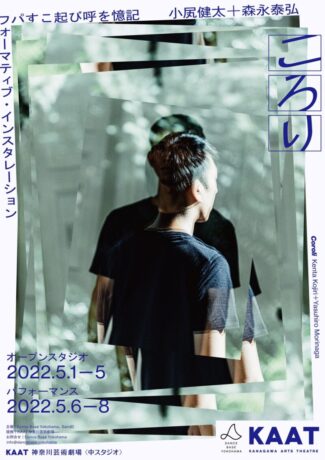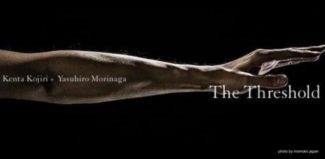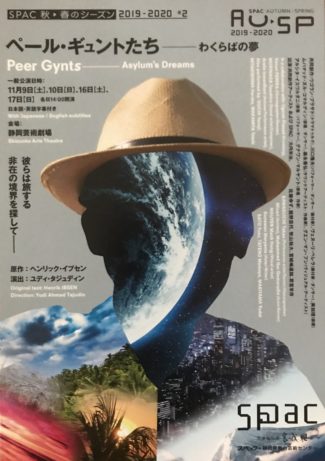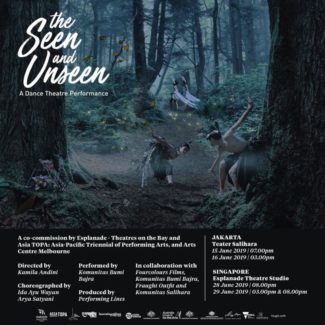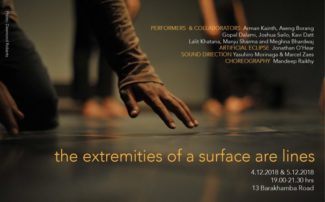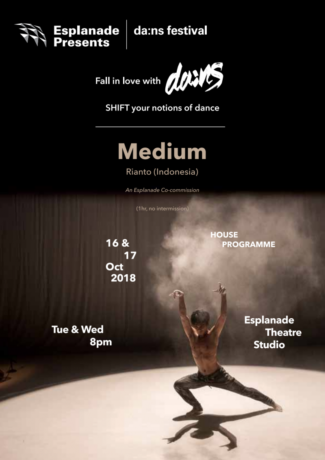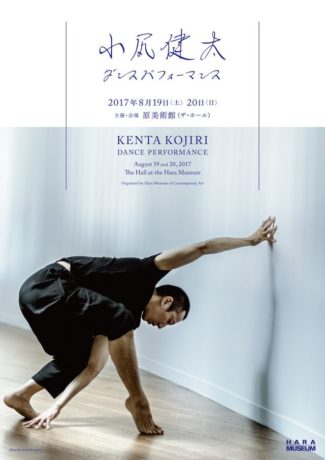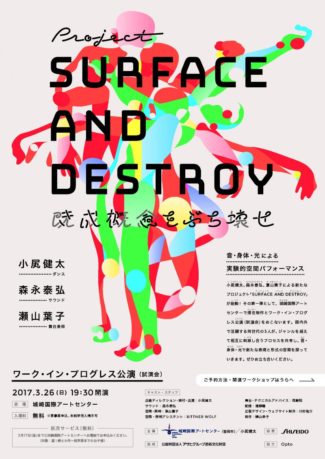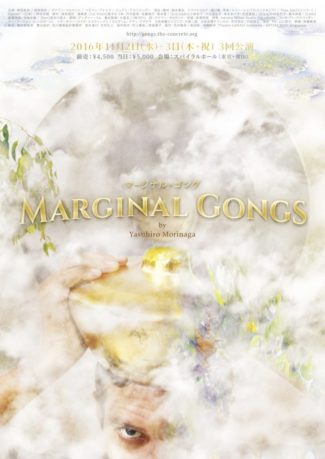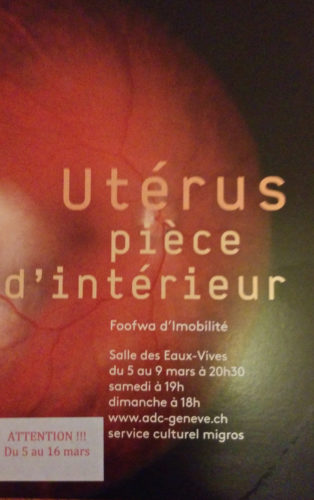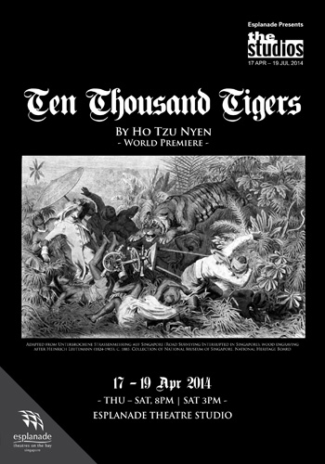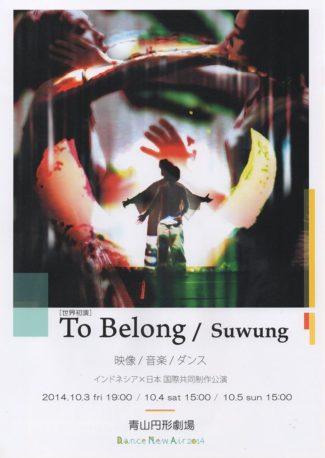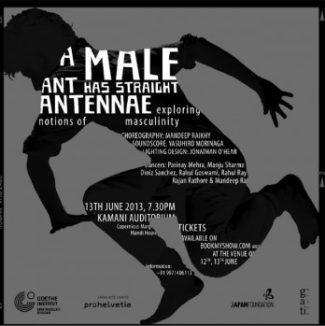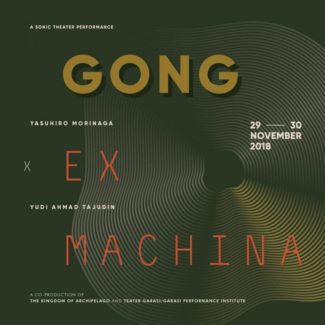
Morinaga (sound artist and music composer from Japan), Yudi Ahmad Tajudin (contemporary theatre director from Indonesia), and other artists across disciplines from Indonesia: Mian Tiara, Gunawan Maryanto, Dwi Windarti, Wulang Sunu, Ignatius Sugiarto, MN Qomaruddin, dan Arsita Iswardhani.
It is a sonic theatre because in this performance sound is the main element. The theatre (movements, images, stories, emotions and perhaps meanings) in Gong ex Machina was created based on the sound composition, not a script. The event will also highlight and develop the presence of sounds as its anchor.
The performance will be presented in a “3D-immersive” sound system, which will put sound output in the whole theatre room, not just from the stage. The sound will come from all directions and the audience will hear the sound from everywhere. Renowned sound engineer from Japan, Tetsushi Hirai, will design the sound system.
The title of the performance, “Gong ex Machina”, is a word play from a technical term in ancient Greece in the 5th century: Deus ex Machina, which more or less means God in or out of the machine. The term refers to the technique to present actors playing as gods on the stage of a Greek tragedy using equipment like cranes, moving up and down, or a trap door, to allow the actor coming from below the stage. Hence, Gong ex Machina, a gong in or out of the machine.
The concept of the performance evolves from a reflection following an extensive research by Morinaga on the gong culture throughout South East Asian countries. One of the significant findings of the research is that how a music/sound produced by a gong, as well as the gong itself, serves as a communication medium between human and supernatural beings (the ancestors, gods, and God) or even as the supernatural being itself (God in the Gong or through the Gong).
Gong ex Machina also stems from the history of an encounter between music or sound cultures and the modern technology of sound recorder and player: phonograph or gramophone. Similar to other encounters between tradition and modernity—happened against the background of the industrial revolution and European colonialism in the 17th to 20th century—the encounter of gong culture with gramophone is a story of a complicated acquaintance. Apart from stories of adaptation and appropriation are also stories of distortion and manipulation. It was an encounter that changed the way we experience and understand music, in particular, or sounds in general.
As a performance, Gong ex Machina tries to reflect on how sound or voice (or also noise) plays a part in shaping our experience and understanding of the world. Another contemplation is: which god we listen to and which god moves us?
